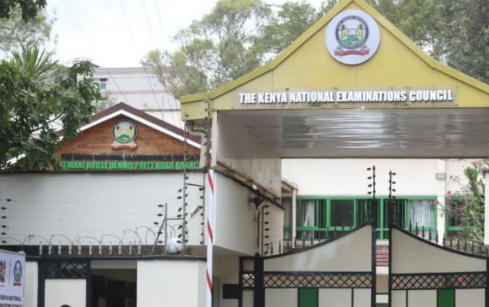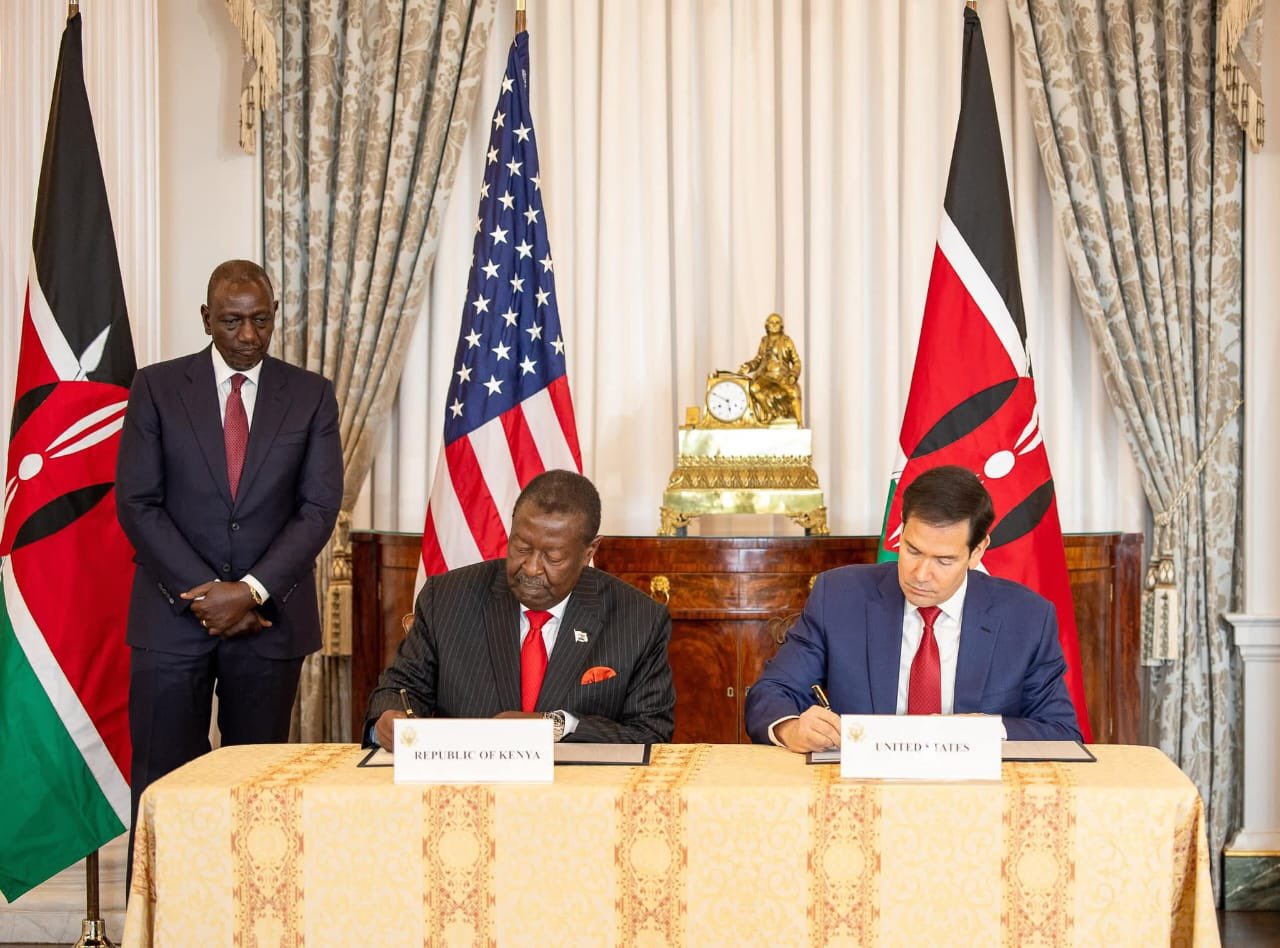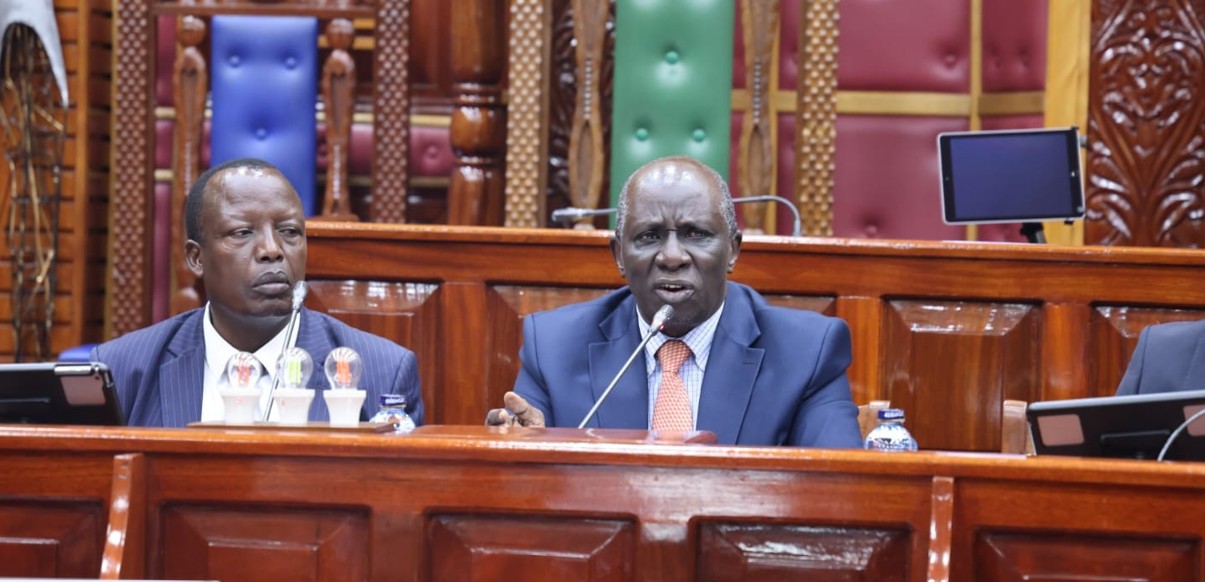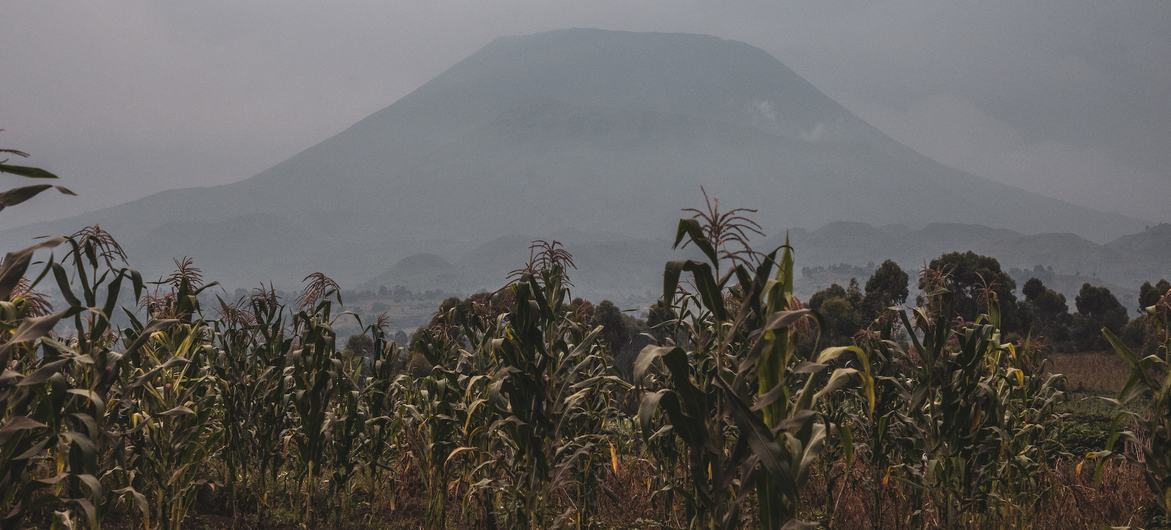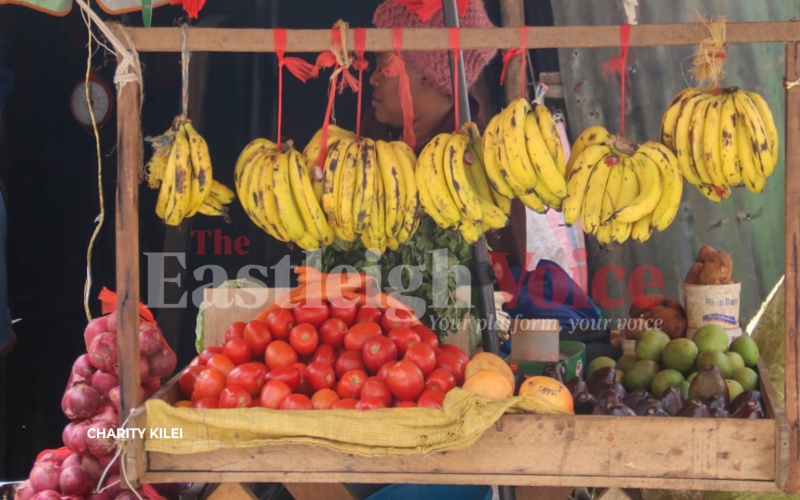Kilimanjaro’s vanishing nature: How people, not climate change, are destroying Africa’s iconic mountain
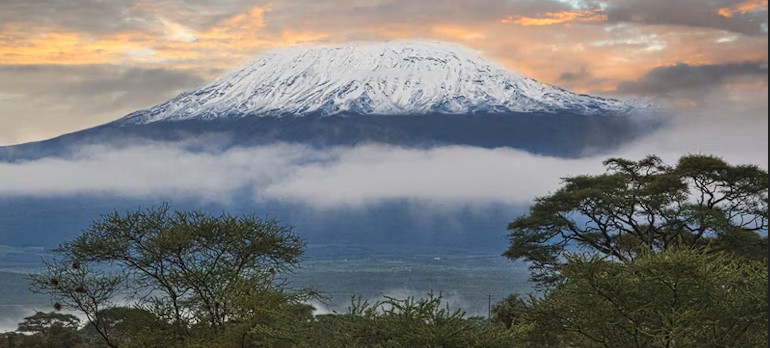
Scientists warn that 75 per cent of Kilimanjaro’s native plants have vanished — not because of climate change, but because of human land use, farming, and urban growth.
Andreas Hemp, Bayreuth University
More To Read
- Experts at COP30 launch Sh39 billion plan to shield hospitals from climate threats
- COP30: Leaders endorse pledge to quadruple clean fuel use by 2035
- What’s at stake in the COP30 negotiations?
- Tana River County champions people-centred climate solutions at COP30
- Major global emitters off track, no country strong enough to meet climate targets - report
- African activists rally and challenge COP30 agenda
Mount Kilimanjaro in Tanzania is sold to the world as frozen romance and pure nature. But the real story today is at its feet, not its peak.
That’s because Kilimanjaro is a great real-world place for scientists to study how and why biodiversity is changing. The mountain has many different land uses, from forests to farms to towns, so researchers can see in real landscapes, not just in computer models or theories, how human activity affects nature in practice.
I’ve been researching East Africa and Kilimanjaro’s vegetation for 36 years. I joined scientists from Tokyo and Helsinki to look at historical maps of the mountain, 46 years of satellite imagery between 1976 and 2022, census data from 1913 onwards, and nearly 3,000 plant species recorded in 1,600 field plots across the mountain.
We wanted to find out whether Kilimanjaro’s biodiversity (the composition and number of plant species) had changed and why.
We found that, in the populated areas below the national park, 75 per cent of Kilimanjaro’s indigenous plants had been wiped out over the last century. The main cause: intensive land use by farmers and builders; the loss of the plants’ natural habitats; and increasing numbers of non-indigenous, partly invasive plants.
Our findings put an uncomfortable fact on the table. The biggest destroyer of biodiversity on Kilimanjaro is not climate change. It is us: our farms, our houses, our roads, our conversion of land.
Our research shows that the mountain’s lower slopes – the part most people see when they fly into Kilimanjaro airport or drive to Moshi, the town at the foot of the mountain – have been stripped of their natural ecosystems at an astonishing rate.
In 1911, 90 per cent of the lower slopes were still natural habitats for mainly savanna woodlands and forests. Today, most of this natural vegetation has been converted into agriculture and built-up areas, and only 19 per cent remains.
The driving force behind these trends is the 28-fold increase in population over the last 130 years. Around 50,000 people lived on and around the mountain in 1890, 130 years ago. Now the number is over 1.4 million.
Since biodiversity is the base of ecosystem services, the destruction of Kilimanjaro’s natural habitats affects not only plants and animals living in natural habitats but also humans whose well-being depends on this.
This trend has to be stopped.
Why people, not climate change, are to blame
If climate change had been the primary driver of the destruction of Kilimanjaro’s plants, we would expect to see negative impacts on subsistence agriculture and agroforestry, too. Yet these sectors have grown.
Towns around the foot of Kilimanjaro have exploded in size. House construction has grown even faster than the human population. The savanna grasslands that once ringed the foot of Kilimanjaro have been almost completely converted to smallholder and commercial farms.
Our core conclusion is that the main driver of the mountain’s biodiversity decline is land use change, driven by population growth and economic development. Climate change, despite the prominence it gets in global environmental debate, is not what killed biodiversity on Kilimanjaro’s lower slopes.
To be clear, Kilimanjaro’s climate is warming. The glaciers on the top of the mountain are shrinking. But in the areas where most species have been lost (the lower parts of the mountain), rainfall hasn’t really changed, and the warming is slow. Instead, most of the biodiversity loss is happening where people have cleared land for farming, built towns and used the land more intensively.
Although the total number of plants on Kilimanjaro hasn’t changed much, the mix of plants has. Between 1976 and 2022, native plants from natural areas dropped by nearly half, while non-native plants increased by 25 per cent.
Many native species are limited to small areas, and some are endangered. In contrast, non-native species can spread widely and sometimes crowd out native plants, putting indigenous vegetation at greater risk.
How a different approach to Kilimanjaro would work better
Kilimanjaro is not a freak case. It is the rule. Across tropical Africa, and increasingly in Asia and parts of Latin America, biodiversity loss is happening because of intensive use of land for farming, grazing, building and expanding towns.
There are solutions, though. Land can be used in ways that are productive and biodiversity-supporting. In this way, indigenous plants survive.
For example, Kilimanjaro’s Indigenous Chagga people have home gardens on the southern and eastern slopes that combine fruit trees and crops. The trees provide shade, the native plants attract wildlife, and people grow a mixture of food and cash crops that can be sold.
Our research also found that when land is protected and managed (for example, in Tanzania’s Rau Forest Reserve or in the private Namalok reserve, fenced off in 2010), species richness per hectare is dramatically higher than in sugar cane fields or intensive rice farming.
We are not doomed to choose between development and nature. The mountain already has working evidence of models that protect both.
Stop destroying the land that species live on
These governance choices must be made right now:
- The remaining fragments of the mountain where natural vegetation grows must be protected because they are irreplaceable.
- Agroforestry – growing food crops and trees together – must get more support.
- Governments should not rely on carbon markets or selling carbon credits to protect nature. They should pay local people directly for taking care of biodiversity.
- Decisions about where to build farms and towns must be made with protecting the environment as the first priority, not just as a secondary concern after economic development.
There is also something psychologically important here. The Kilimanjaro data punctures a comfortable myth: that biodiversity loss is a distant, abstract, greenhouse-gas problem. In fact, it is mostly a land politics problem, right here on the ground.
Global nature loss won’t be stopped only by governments phasing out fossil fuels or climate conferences like COP30. Preventing nature loss is work that must be done locally, in areas that need help, through physical labour.
The Conversation
***
Andreas Hemp, Research Associate, Plant Systematics, Bayreuth University
This article is republished from The Conversation under a Creative Commons license. Read the original article.
Top Stories Today
